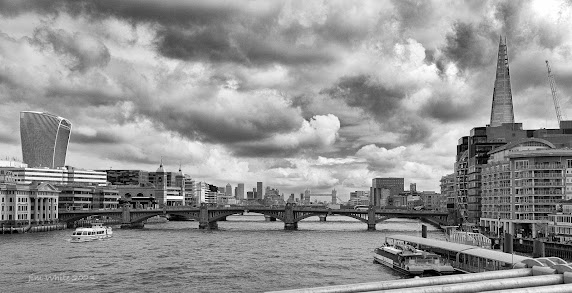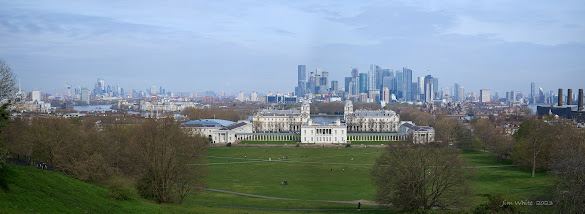There are so very many film developer options for black and white it makes my head hurt.
Color is easy, use C-41 chemistry or go home. The only issue with color is reaching and maintaining the required fluid temperature of 102F. However, if you're willing to spend around $100 then several easy to use options become available to open up the brave new world of home color film development. Further, C-41 works for all color film emulsions and regardless of box speed, they all develop in three minutes and thirty seconds. (Note: I am sure there could be examples where that last statement is patently incorrect, I just don't know what they are.) Of course, as you continue to put rolls of color through the C-41 process you must add a few seconds to the development time to account for chemistry exhaustion but that's pretty easy. And you have to do the same for black and white chemistry reuse. For C-41 it is about 4 seconds added per roll. I just developed my eighth roll of color with the current C-41 kit I'm working through and I'm up to a total of four minutes development time. That's actually a pretty fast development time in relation to black and white development times.
As I opened with, there are seemingly endless options and combinations for black and white home development. Do you want more/less contrast? Here's a developer. Do you want sharper/less sharp negatives? Here's a developer. Do you want more/less grain? Here's a developer. And that doesn't even begin to touch on the interplay between various film emulsions and various developers. Again it makes my head hurt. That is why, upon beginning the home development journey, I opted to go the monobath route (see my earlier post on this topic). One chemistry which combines the developer, stop and fixer. Very convenient. Though intended to be used at 80F, not exactly room temperature, there are development times listed down to 70F or so. Pour in the monobath, agitate as indicated by the instructions, return the solution to its container (for reuse), pour in water and rinse, hang the negatives to dry, then scan them. Easy peasy. However...
As I gained more experience developing black and white and as I started developing color as well, I began to wonder about the wide world of black and white developers and the "traditional" development process. That process is; developer followed by a stop bath followed by fixer followed by water rinse followed by hanging followed by scanning. And as I had already become used to the two-step color process (developer followed by "Blix" -- a bleach + fix concoction), it didn't seem a reach for me to try the three-step black and white process.
After a week or so of research I decided to go with Kodak's HC-110 developer and Photographer's Formulary TF-4 Rapid Archival Fix. Both are well regarded and have been in use for a long time. About a week later I was mixing the TF-4 into a working solution (the HC-110 is mixed up on use). The next day I developed my first roll in my "new" process (everyone else's standard process). That process is developer, stop bath (I used water), fixer, water rinse, hang, scan. Turns out it was very straightforward and I ended up, even after screwing up my development time (more on that later), with a very nice strip of negatives. I am happy with the process and will continue using HC-110 going forward.
If you go down the black and white home development path you will need to become familiar with Digital Truth Photo's "Massive Dev Chart" (https://www.digitaltruth.com/devchart.php). That chart will help you navigate the process of determining how long a particular film emulsion should be developed in a particular developer mixed at a particular solution concentration. They also have mobile apps. Highly recommended. Just pay close attention to the info you are fat fingering into the app. I messed up my data entry and was told to develop TMax 400 for seven minutes and thirty seconds at 68F. The correct development time should have been five minutes. My fault as I didn't let the app update properly and pulled off the incorrect number. Now I know and am good to go for the future. That said, the negatives turned out great. Perhaps some added contrast? Not sure until I develop another roll, at the correct time, to see how it comes out.
The bottom line of all this chatter is that I'm happy with my decision to give up monobath development in favor of HC-110. In a few weeks I'm off on a short road trip and am planning to bring only two cameras, a Leica M3 (with 28mm) and a Canon P (with 50mm) and six rolls of black and white film. Should be fun. Looking forward to how well they develop.
See below a few of my favorite images from a recent trip to London. That roll of film was the test of my new process. Even more risky, they were shot on the Olympus XA-2 point and shoot I bought new in 1982! I replaced the light seals a few weeks before the trip, inserted a new battery, loaded it with film and brought it with me to London. To be completely transparent, it was the third string back up to my primary kit Leica M10R with a Fuji X100V backup. That said, I am happy with, and relieved by, the images that old Olympus XA-2 and the TMax 400 film development returned!
The chandelier at the entrance inside the Victoria and Albert Museum in London






